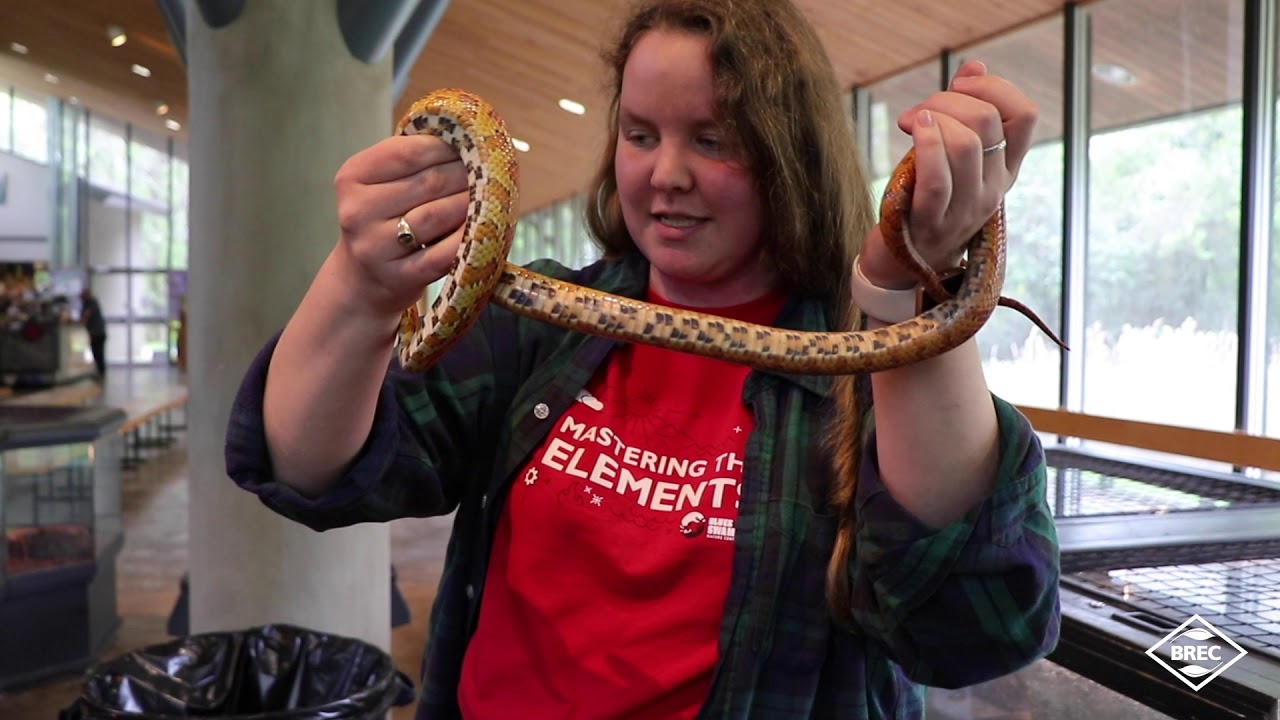– The role of educational animal encounters in promoting wildlife conservation
– Understanding the ecology and behavior of the Corn Snake as observed at Bluebonnet Swamp Nature Center
– Effective zoo management practices that support animal welfare and visitor engagement
– The impact of habitat loss on Corn Snake populations and the importance of conservation efforts
Educational animal encounters at institutions like the Bluebonnet Swamp Nature Center are vital in raising awareness about wildlife conservation. By allowing visitors to experience wildlife up close, these programs can foster a deeper understanding and appreciation for the natural world. Specifically, encounters with species such as the Corn Snake offer unique insights into the life of reptiles, encouraging both respect and a desire to protect these often misunderstood creatures.
The Corn Snake, scientifically known as Pantherophis guttatus, is a North American species renowned for its adaptability and manageability, making it an excellent subject for educational programs. Observations of the Corn Snake within controlled environments like the Bluebonnet Swamp Nature Center provide invaluable opportunities for learning about its ecology, behavior, and role in the ecosystem. These snakes are primarily nocturnal and have habits that can significantly impact rodent populations, showcasing the importance of predators in maintaining ecological balance.
In managing these educational encounters, zoo management practices play a crucial role in ensuring the well-being of the animals and the quality of the visitor experience. This includes creating environments that mimic natural habitats as closely as possible and implementing handling protocols that minimize animal stress. Staff training is also critical, as knowledgeable guides can share accurate information and foster a positive interaction between visitors and wildlife. This approach benefits the individual animals and supports broader conservation messages by presenting living examples of wildlife that need protection.
Habitat loss poses a significant threat to Corn Snake populations, primarily through urbanization and agricultural development. These land-use changes disrupt the delicate balance of their ecosystems, making it more challenging for Corn Snakes to find food and shelter. Conservation efforts are therefore essential to protect these habitats for the sake of the snakes and the overall health of the ecosystems they inhabit. Programs that educate the public about these issues, such as the encounters at Bluebonnet Swamp Nature Center, are critical in garnering support for conservation initiatives.
In conclusion, institutions like the Bluebonnet Swamp Nature Center play a crucial role in wildlife preservation by combining educational animal encounters with effective zoo management and a strong conservation message. Observations and interactions with species like the Corn Snake illuminate the beauty and complexity of the natural world, encouraging actions that support ecological health and biodiversity. Through these efforts, we can hope to foster a more harmonious relationship with our planet, securing a better future for all its inhabitants.
*****
Source Description
Did you know snakes don’t really dislocate their jaws to eat? In this animal encounter from Bluebonnet Swamp Nature Center, Educator Sarah introduces us to one of their slithery residents with some unique coloring and cool name origins.


